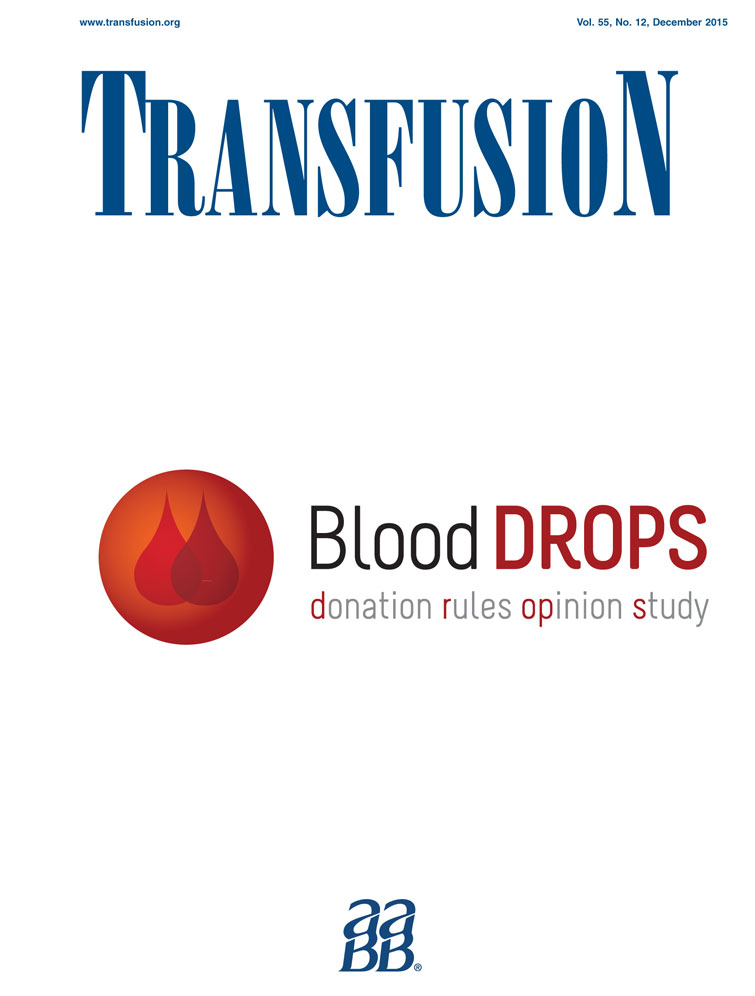The impact of fetal and maternal physiologic factors on umbilical cord blood quality as a source of stem cells in Egyptian population
Abstract
BACKGROUND
Umbilical cord blood (UCB) has rapidly become a clinically useful alternative stem cell source. Many variables have been used to evaluate a UCB unit and predict transplant outcomes. The objective of this study was to measure the expression of hematopoietic stem cells in UCB and its relation to certain maternal and neonatal physiologic factors to establish optimum criteria for UCB donor selection.
STUDY DESIGN AND METHODS
Two hundred UCB units were collected from normal uncomplicated vaginal and cesarean deliveries. Total volume was noted and immediately assessed for total nucleated cell (TNC) count and CD34+ cell concentration. Assessment of maternal and neonatal variables such as mode of delivery, placental weight, baby's birthweight, and sex was made.
RESULTS
The volume of the donations ranged from 42.0 to 126 mL, the TNC count ranged from 5 × 109 to 28.7 × 109 cells/L, and CD34+ cells ranged from 0.03% to 0.62%. There was a significant positive correlation between cord blood volume and cesarean section (p = 0.01) and placental weight (p = 0.02). There was a significant positive correlation with a p value of less than 0.05 between the number of CD34+ cells and UCB volume and TNC. There was no significant difference between the variables and the TNC count.
CONCLUSION
Our study concludes that cord units collected for banking should be obtained by selecting units of larger volumes, of higher TNCs, from female babies with heavy placenta, and from babies delivered via cesarean section.




